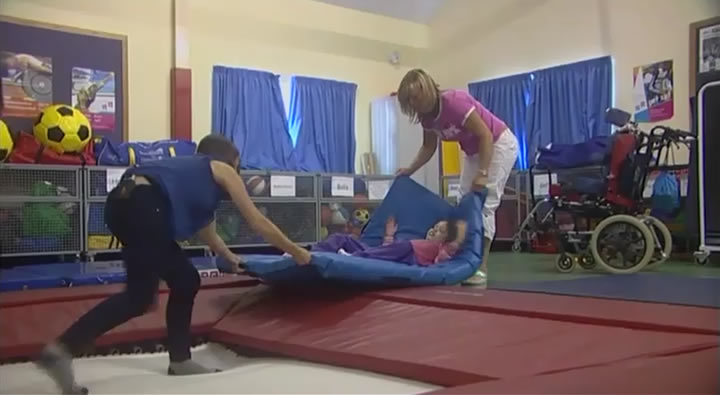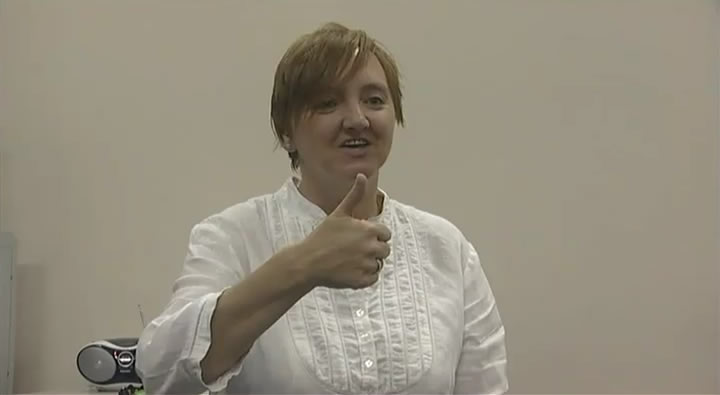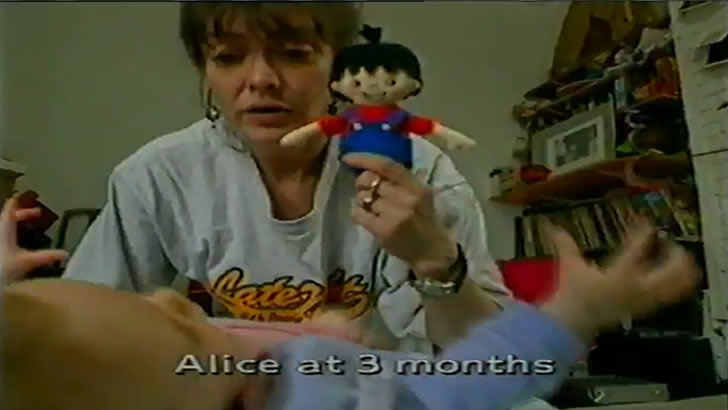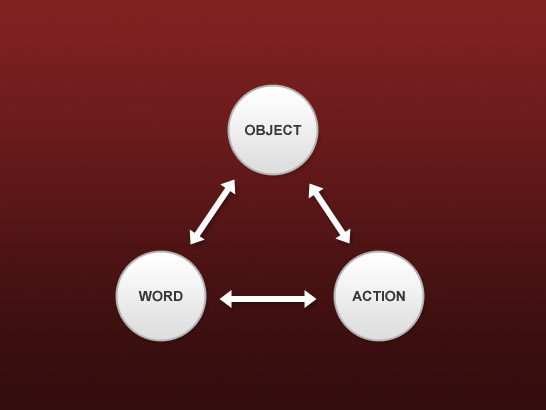
Early interaction draws the child into the feelings and actions of others.
The trick for children is to make a connection between objects and actions they are encountering and the words representing them.
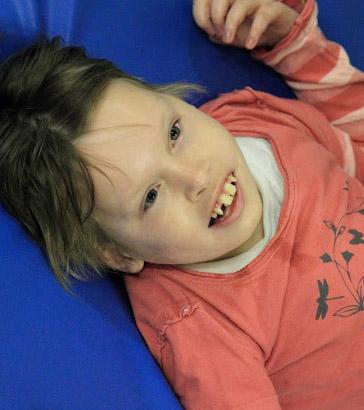
- The 'first word' is taken to be the first consistent and decodeable word.
- Development of vocabulary is slow (approx 50 words in typical development at 18-20 months).
- Children usually understand more than they can produce.
- Single utterances can convey a range of meaning depending on the intonation children use.
- Being misunderstood is thought to be a possible incentive for the child to develop more precise grammar.
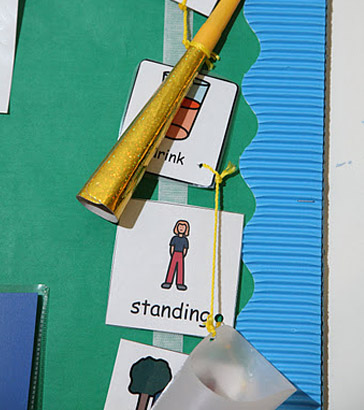
Early shared games and regular, predictable routines, eg snack times, toileting and getting ready to go out are important for enabling children to isolate meaningful chunks of experience from a mass of sensory information.
The child learns that these experiences can be given a label and that they can use the label to refer to the experience after the event or to request it again, eg 'car', 'drink'.
A basic understanding of patterning is the foundation of all subsequent learning and development.
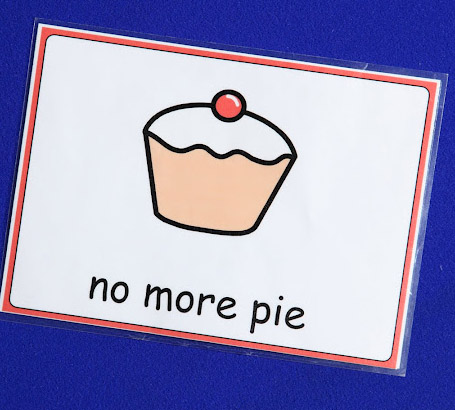
Introducing 'pivot words' can empower children to have early control in situations, eg by making requests for a situation to continue by using 'more' or 'again'. Early words often relate to social situations and the names of objects. Pivot words can also enable children to combine ideas, eg 'brick gone'.
Look at this clip in which Alla, who has no speech, is learning to indicate that she wants more bounces on the trampoline by signalling the pivot word 'more' by banging her arm.
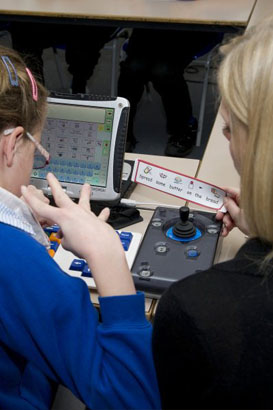
- Initially, children tend to link key ideas without the intervening words (eg 'Mummy gone', 'Find bear', 'Cat sleep').
- Having combined two ideas, they may link more ideas (eg 'Cat-sleep-chair'; 'cat-sleep-under-chair').
- These early utterances are the building blocks for more complex grammatical speech.
- Children's early utterances are often highly creative and original, and not simply imitations. Examples from the lexicon of a boy with autism and severe learning difficulties include: 'green sausage' (gherkin!), 'chocolate tea' (hot chocolate) and neologisms (made up words) – eg 'spik' (door wedge), 'poto' (TV remote control).
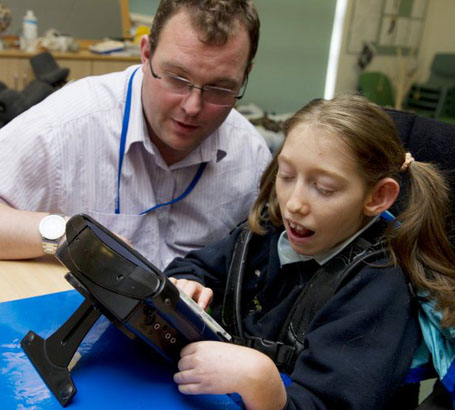
- Early words may refer to something that is not in sight – this shows that the child has developed an ability to think and hold an idea in their head.
- Children will commonly make speech errors – this shows they are developing an awareness of the need to use grammatical rules (eg 'goed' instead of 'went'; 'Jack spended the money').
- Children's ability to make jokes indicates their increasing ability to enjoy using language socially and understand its effect on others.
Watch this session where assistive technology is being used to support children with SLD to engage in more complex communication.
The following video gives an overview of how typically developing children acquire language from the earliest stages of communication.
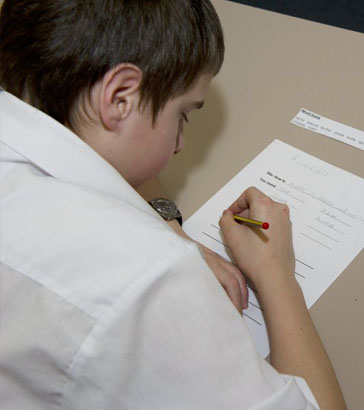
- Joint attention (adult-led interactive games, eye contact).
- Labelling (objects, actions, attributes, events, eg car).
- Identifying concepts (generalised categories for similarities, differences, connected ideas, objects, events, eg car, lorry, bus).
- Modifying concepts (words 'lock on' to core meaning, finer discrimination and organisation of experience, eg Ford, Volkswagen).
- Modifying concepts (words 'lock on' to core meaning, finer discrimination and organisation of experience, eg Ford, Volkswagen).
- Thinking with concepts (a life-long process, affected by opportunities, cultural and language modes).
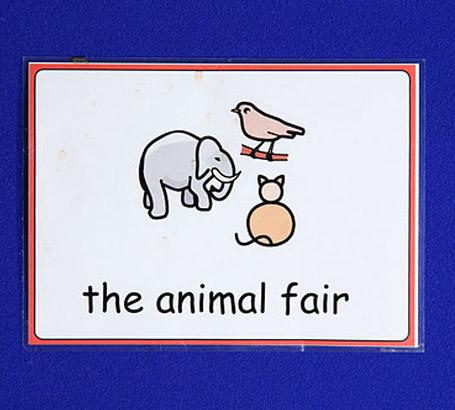
How do you help the children you teach to make the link between objects and actions and the spoken words that represent them?
Are there other strategies you could use to improve your practice?
Evaluate the changes you make in terms of improvements in childen's communication.

Buckley, B (2003) Children's Communication Skills from Birth to Five Years. London: Routledge.
